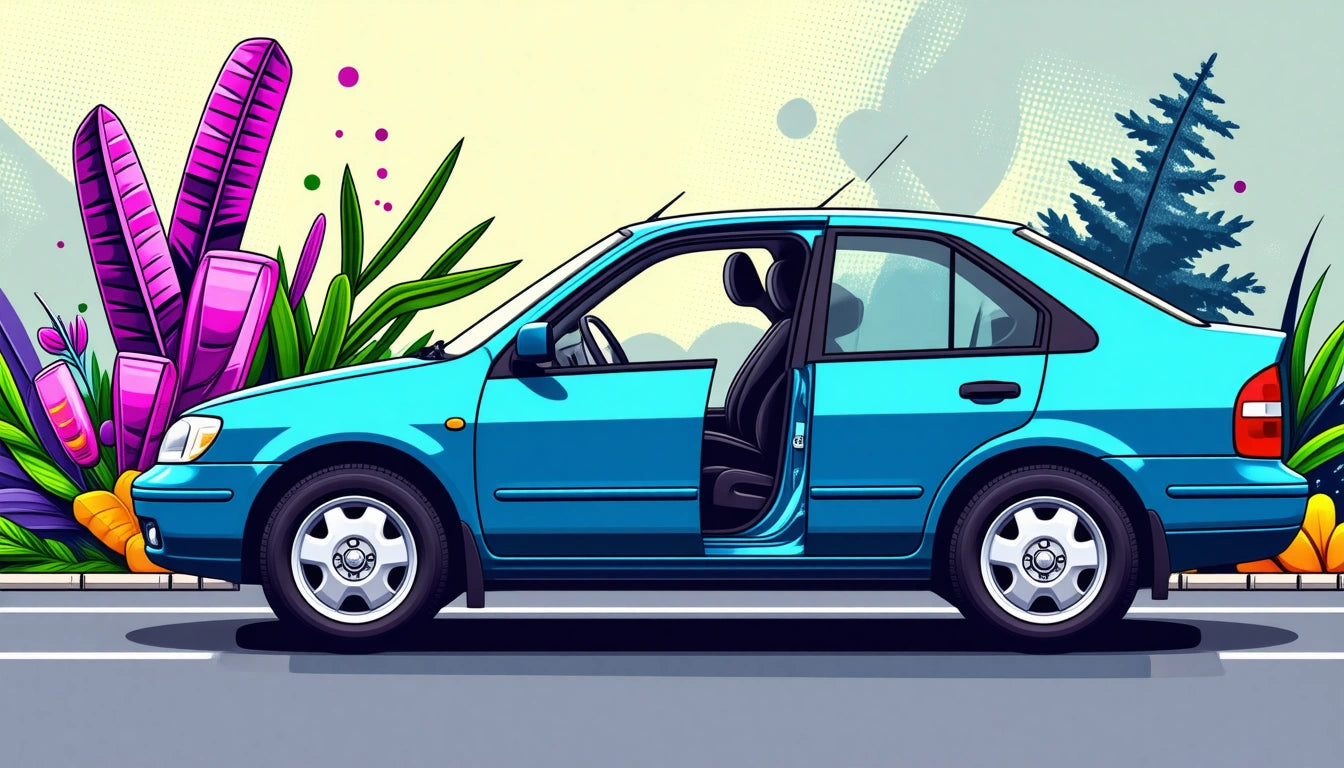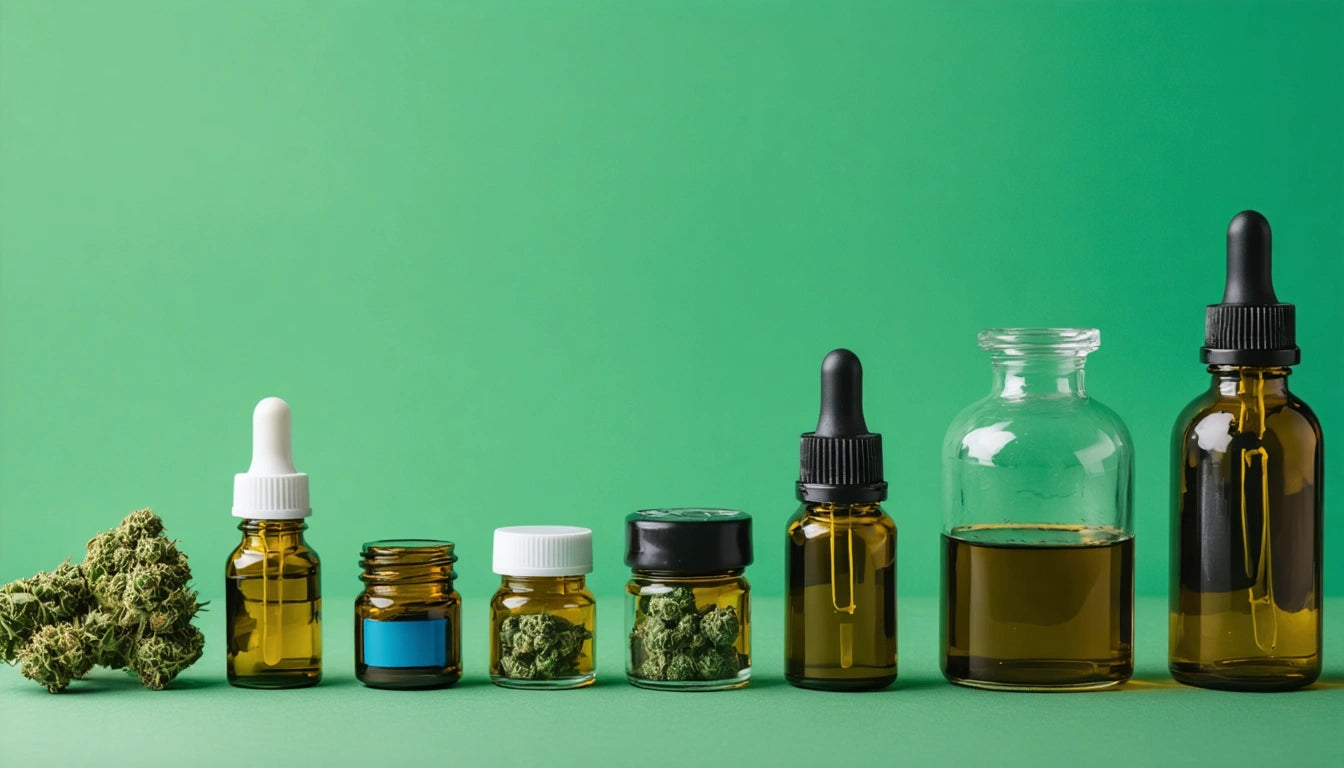Table of Contents
Comparing the Risks: Driving High vs. Driving Drunk
The debate around driving high vs driving drunk continues to evolve as cannabis legalization expands across the country. While both substances impair driving ability, they do so in fundamentally different ways. Understanding these differences is crucial for public safety, policy development, and personal decision-making.
Impairment Differences: How THC and Alcohol Affect Driving
Alcohol and cannabis affect the brain and body through different mechanisms, resulting in distinct impairment patterns behind the wheel.
Alcohol Impairment
Alcohol is a central nervous system depressant that affects virtually all aspects of driving performance:
- Reduced coordination and reaction time
- Impaired judgment and decision-making
- Decreased visual function and perception
- Increased risk-taking behavior
- Reduced ability to track moving objects
As blood alcohol concentration (BAC) increases, these impairments become progressively worse in a relatively predictable pattern. According to research comparing alcohol and cannabis effects, alcohol consistently produces overconfidence while diminishing actual performance.
Cannabis Impairment
THC, the primary psychoactive compound in cannabis, affects driving differently:
- Slowed reaction time
- Impaired time and distance perception
- Divided attention difficulties
- Lane position variability
- Reduced cognitive function
Unlike alcohol, cannabis users often recognize their impairment and may attempt to compensate by driving more slowly or increasing following distance. Studies on marijuana's impact on driving show that while compensation occurs, it doesn't fully overcome the impairment.
Legal Consequences and Detection Methods
The legal landscape for driving under the influence varies significantly between alcohol and cannabis.
Alcohol Testing and Limits
Alcohol testing is standardized nationwide:
- Legal limit of 0.08% BAC in most states
- Reliable breathalyzer testing
- Clear correlation between BAC and impairment
- Established field sobriety tests
These standards make alcohol DUI enforcement relatively straightforward.
Cannabis Testing Challenges
Cannabis presents more complex testing issues:
- No universal legal limit for THC
- Blood tests detect THC long after impairment ends
- Roadside testing technology still developing
- Tolerance varies significantly between users
As outlined in this analysis of cannabis driving laws, the lack of standardized testing creates legal ambiguities. Some states have implemented specialized packaging requirements for cannabis products that include warnings about driving after consumption.
Scientific Research on Driving Impairment
Scientific studies have attempted to quantify the relative risks of driving high vs drunk.
Crash Risk Statistics
Research findings on crash risk show important distinctions:
- Alcohol: 5-22x increased crash risk at 0.08% BAC
- Cannabis: 1.1-3x increased crash risk with recent use
- Combined use: Greater than additive effects
While both substances increase crash risk, alcohol consistently shows stronger correlation with severe accidents and fatalities, as documented in comparative mortality studies.
Simulator and Road Tests
Controlled driving tests reveal different impairment patterns:
- Alcohol users: More aggressive driving, speeding, reduced lane control
- Cannabis users: Slower driving, increased following distance, but impaired attention
These differences reflect how high vs drunk experiences differ in their fundamental effects on perception and behavior.
Risk Perception and Decision-Making
How users perceive their own impairment significantly impacts driving decisions.
Self-Assessment Accuracy
Alcohol and cannabis users differ in their ability to assess impairment:
- Alcohol users typically overestimate their driving ability
- Cannabis users more often recognize impairment but may still misjudge severity
This difference in self-awareness partially explains why drunk drivers may take more risks than high drivers, though both groups show impaired judgment.
Social and Cultural Factors
Public perception and social norms also influence behavior:
- Drunk driving is widely recognized as dangerous and irresponsible
- High driving faces less social stigma in some communities
- Educational campaigns have historically focused more on alcohol
These perceptions affect decision-making about being high in public and during travel.
Safer Alternatives and Harm Reduction Approaches
The safest approach is avoiding driving after using either substance, but understanding recovery timelines is important.
Recovery Timelines
Substances clear from the system at different rates:
- Alcohol: Metabolized at approximately one standard drink per hour
- Cannabis: Acute impairment typically lasts 2-4 hours, though residual effects may persist longer
For cannabis users, methods to reduce high feelings may help with comfort but don't necessarily restore driving ability.
Transportation Alternatives
Planning ahead remains the best strategy:
- Designated drivers
- Rideshare services
- Public transportation
- Overnight accommodations
The health impacts of alcohol vs weed extend beyond driving risks, but both substances require responsible use decisions.
While research suggests driving high may be less dangerous than driving drunk in terms of crash severity and risk-taking behavior, both significantly increase accident risk and remain illegal nationwide. The safest choice is always to separate substance use from driving entirely.











Leave a comment
All comments are moderated before being published.
This site is protected by hCaptcha and the hCaptcha Privacy Policy and Terms of Service apply.